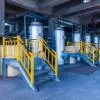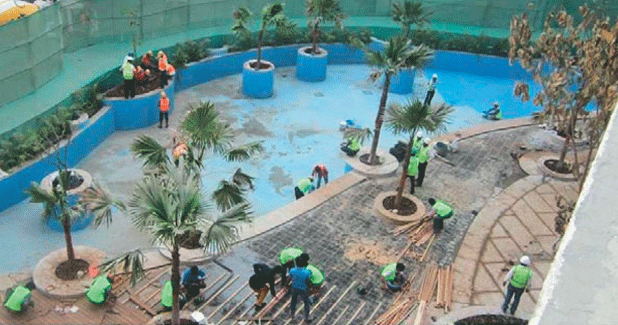
We expect the market for tall buildings to expand rapidly
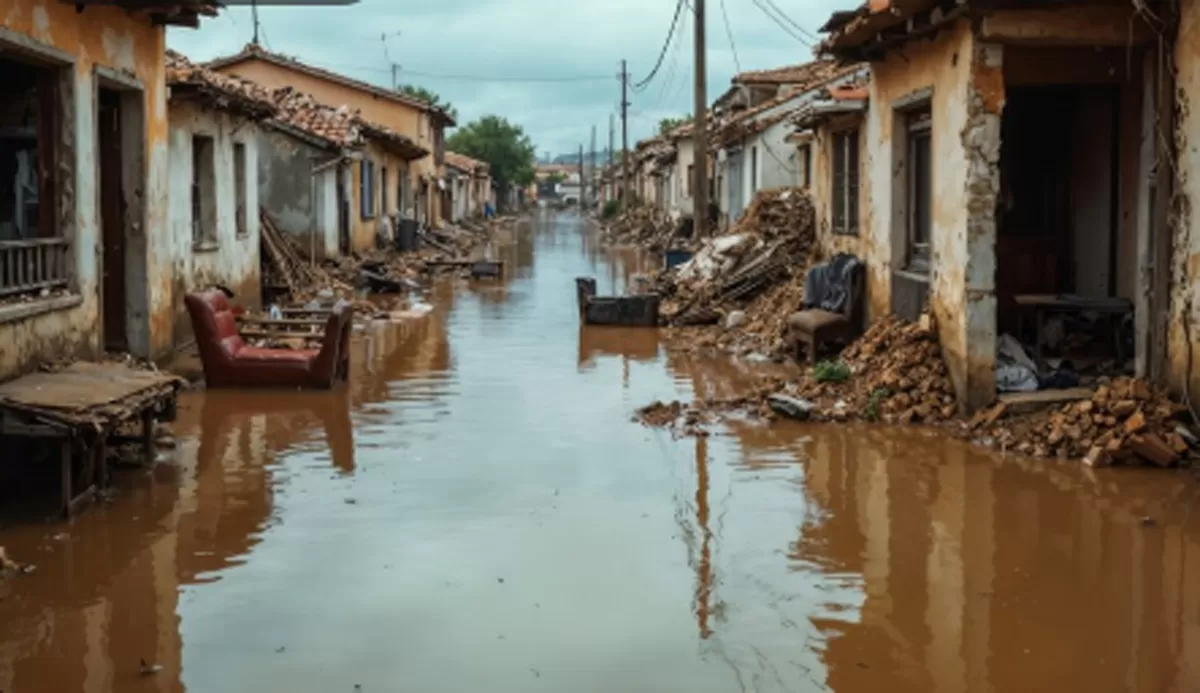
Tamil Nadu Allocates Rs 3.38 Bn for Flood Relief in Three Districts
The Tamil Nadu government has allocated Rs 3.38 billion for flood mitigation projects across Chennai, Tiruvallur, and Kancheepuram for the financial year 2025–26. The initiative, part of an integrated flood management strategy, aims to address persistent waterlogging in urban and semi-urban areas.In the southern parts of Chennai, work has begun in the suburbs with an estimated budget of Rs 27o million. A substantial portion of the total allocation—Rs 2.60 billion—has been designated for Chennai. This includes a specific flood relief project for the Ambattur Industrial Estate, which frequ..
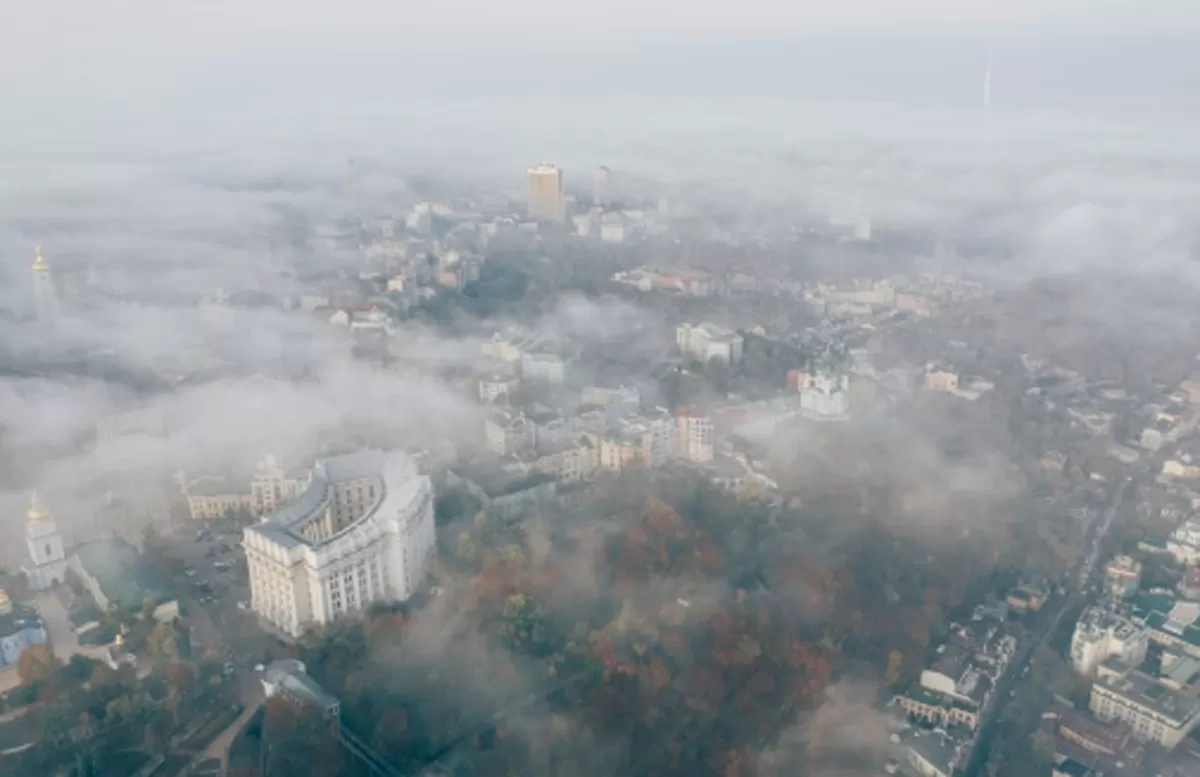
Patna Plans Green Zones to Tackle Rising Pollution Levels
Authorities have emphasised the urgent need for developing more green zones in Patna, which is increasingly becoming a heat-stressed urban area dominated by concrete structures. Expanding green spaces, such as the Tarumitra bio-reserve, is seen as a way to improve the environment and reduce temperatures.Plans under consideration include planting medicinal plants, implementing rainwater harvesting systems, constructing eco-friendly homes, and promoting solar energy usage. If implemented effectively, these measures are anticipated to help reduce both air and water pollution.In a collaborative ef..
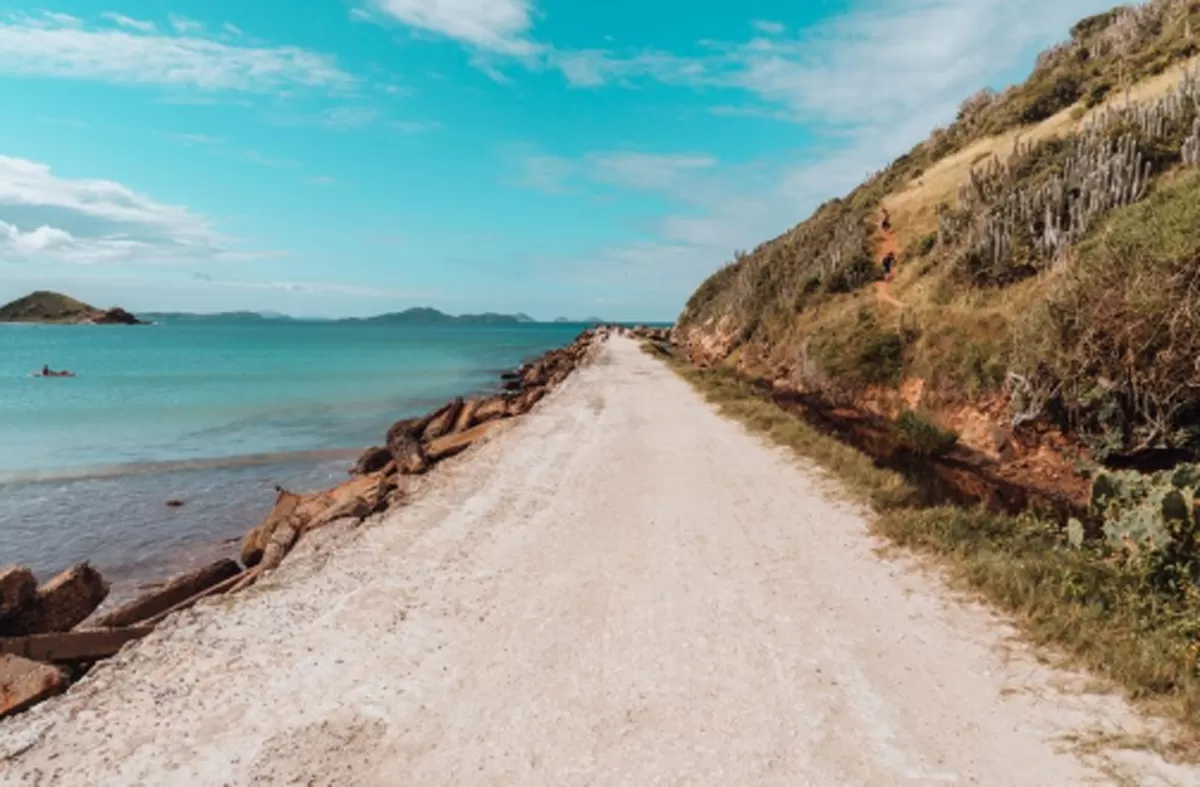
Environment Ministry Clears Stage I Nod for Coastal Road Phase II
The Union Ministry of Environment, Forest and Climate Change (MoEFCC) has granted Stage-1 (in-principle) approval for the diversion of mangrove forest land for the second phase of the Mumbai Coastal Road Project. This clearance marks a significant step forward for the Brihanmumbai Municipal Corporation (BMC), which is now preparing to approach the High Court for further approvals necessary to begin construction. The second phase of the project will span from Versova to Bhayandar.The project is expected to permanently impact approximately 8.24 hectare of mangrove forest land, with around 9,000 ..








